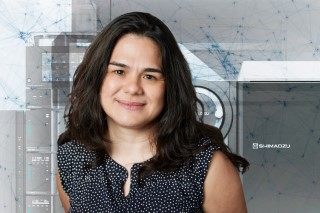 Automatic Sample Preparation Device for Monitoring Microplastics in Water
Automatic Sample Preparation Device for Monitoring Microplastics in WaterAnalyzing Microplastics in the Environment
Oral Presentation
Presented by R. Marfil-Vega
Prepared by Y. Ikezawa1, R. Marfil-Vega2
1 - Shimadzu Corporation, Environmental Business Unit, Analytical & Measuring Instruments Division, Kyoto, Kyoto, 604-8442, Japan
2 - Shimadzu, , , United States
Contact Information: [email protected]; 410-910-0884
ABSTRACT
The existence of microplastics (MPs) is a significant environmental issue. Various analytical techniques, including Raman and FTIR spectroscopy and Py-GCMS, are still being developed and validated for the systematic monitoring to look at the distribution of MP in various environmental samples. Effective sample preparation is crucial for the successful application of these analytical techniques. Although there are currently no standardized methods for eliminating organic content from samples or for separating inorganic materials, the majority of them rely on sample digestion and density separation. The manual nature of these sample preparation methods in the lab can bias the analytical results, depending on the operator's proficiency. In this presentation, we will provide an overview of a universal sample preparation process suitable for the follow-up analysis by spectroscopy techniques or Py-GCMS, and we will present the performance results using an automated preparation device that minimizes bias introduced by analysts.

